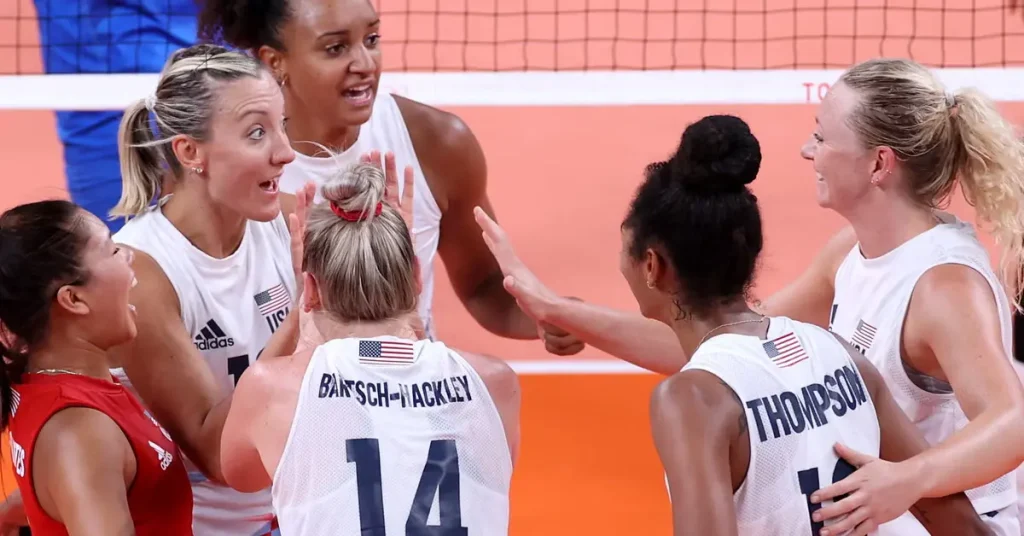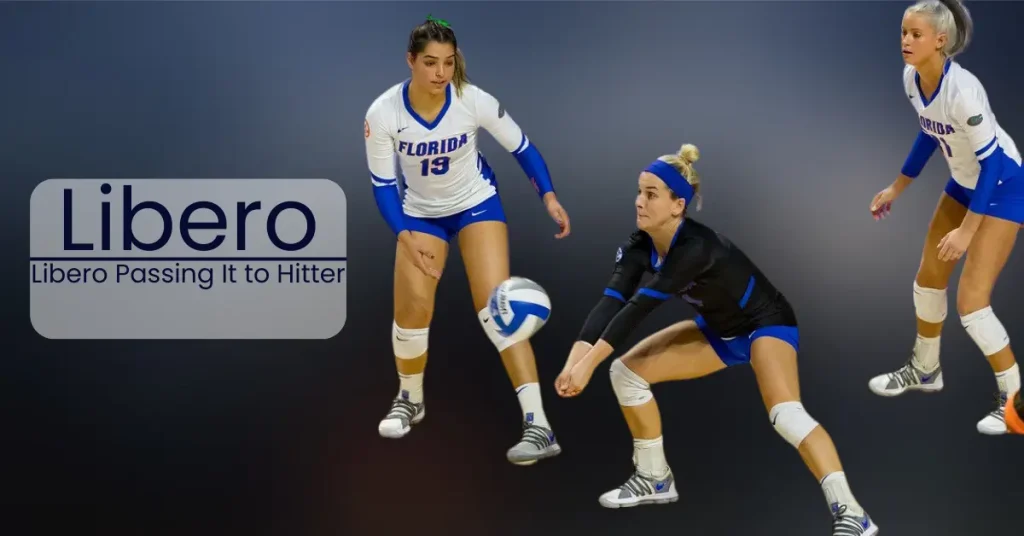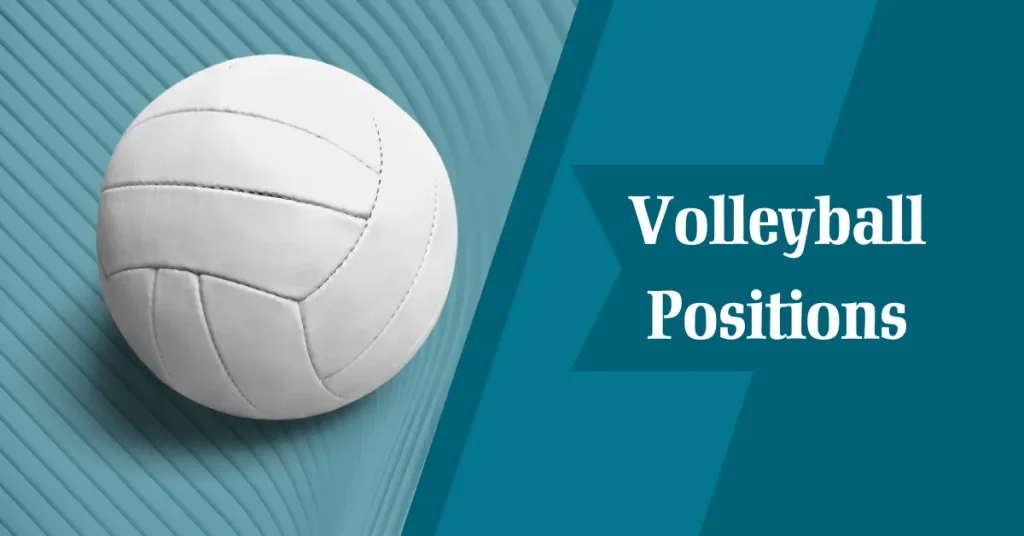Volleyball positions seem difficult to many people, but they are no more difficult when they understand them easily. The most prominent player in the volleyball team is Libero, who is in an interesting position compared to all the other players, but understanding their position is not easy. Libero is more likely a team defender who moves gracefully and precisely to dig, drive, del, and deliver in the opponent’s areas.
Libero is not just a position; it’s a symphony of skill, establishing its history in the world of volleyball. This volleyball hero creates a masterpiece of defensive brilliance, making every save an art of defense.

What is Libero?
A newbie watching volleyball is often confused about the player wearing a different color jersey in contrast with his team players. That player position is known as Libero. Libero is a word derived from the Italian Language that means free. That is why Libero in volleyball has freedom, but with this freedom, they also have certain restrictions.
Role Of Libero in Volleyball:
Libero is a skilled defensive player who only plays in the back zone. Before doing a serve from another side of the team, the Libero can easily substitute with one of the back-zone players, and after the rotation, when they reach the front zone, they are replaced by the same player they initially substituted. A single team has a limit of 12 substitutions per set, but Libero can replace n times, and its replacement does not count. (Keep in mind the libero’s are not allowed to attack or spike the ball above the net height.)
Importance of Libero:
After knowing about the Libero and its role, you might wonder what its importance is in a team. The answer is that they play a vital role in the team’s victory by providing specialized defensive skills compared to other teammates. Here are some key reasons for the importance of Libero:Defender Expert:
Libero represents their skills in receiving serves and digging opponent attacks. They have superior skills for defensive gameplay and are typically quick and agile.
Passing & Receiving:
The plays a vital role in receiving a serve and ensures an accurate pass to the setter.
Quick Transition:
They can move fast in the back row and receive the received passes to pass by the ball.
Ball Control & Stability:
After the serve from the opposing team, the Libero commonly receives it with his forearms, known as dig in volleyball. The purpose of dig is to control ball speed and make it stable by accurately passing to the setter.
Specialized Training:
Being an agile and special player in the team also required excellent training. To enhance their gaming skills, they undergo special training.
Rules And Regulations:
To make the game fair and to show professionalism in the game, there are some rules and regulations. Like another team player, a libero’s position has some rules and regulations that make benefits and restrictions at the same time, which are given below:Benefits:
Restrictions:

Defensive Strategies For Libero:
For the victory of a volleyball team, a libero should have to adopt good defensive strategies, which are described below:Qualities in Good Libero:
A good libero in volleyball combines different skills, such as technical, mental, and physical characteristics. Given below are the qualities of a good libero;How To Become A Good Libero?
A Good libero reflects extraordinary qualities, which means that becoming a skilled libero is a continuous process that requires dedication, hard work, and a willingness to learn and adapt. Becoming a good one needs a combination of some qualities, which are given below:Overall, becoming a good libero-positioned player needs all these qualities, which come after staying committed to your game and enjoying the journey of becoming a valuable asset to your team.

How Good Libero Trained?
Libero’s benefit from a comprehensive training approach that addresses technical skills, physical fitness, mental resilience, and strategic understanding of the game. Consistent and purposeful training is the key to mastering libero skills.
Gears For Libero:
| Volleyball Shoes | Check Price |
| Knee Pads | Check Price |
| Ankle Braces | Check Price |
| Libero Jersey | Check Price |
| Elbow Pads | Check Price |
FAQs:
Conclusion:
Overall, the libero position in volleyball is full of agility, uncertainty, and diligence, functioning as a defensive hero for the team. Despite its freedom, the Libero adheres to specific rules, excelling in defensive techniques, passing, and quick transitions. It is important to provide specialized defensive skills, contribute to stability, and execute controlled plays. With distinct rules, defensive strategies, and essential qualities, a good libero is a valuable asset to a team, requiring continuous dedication and comprehensive training for mastery.





